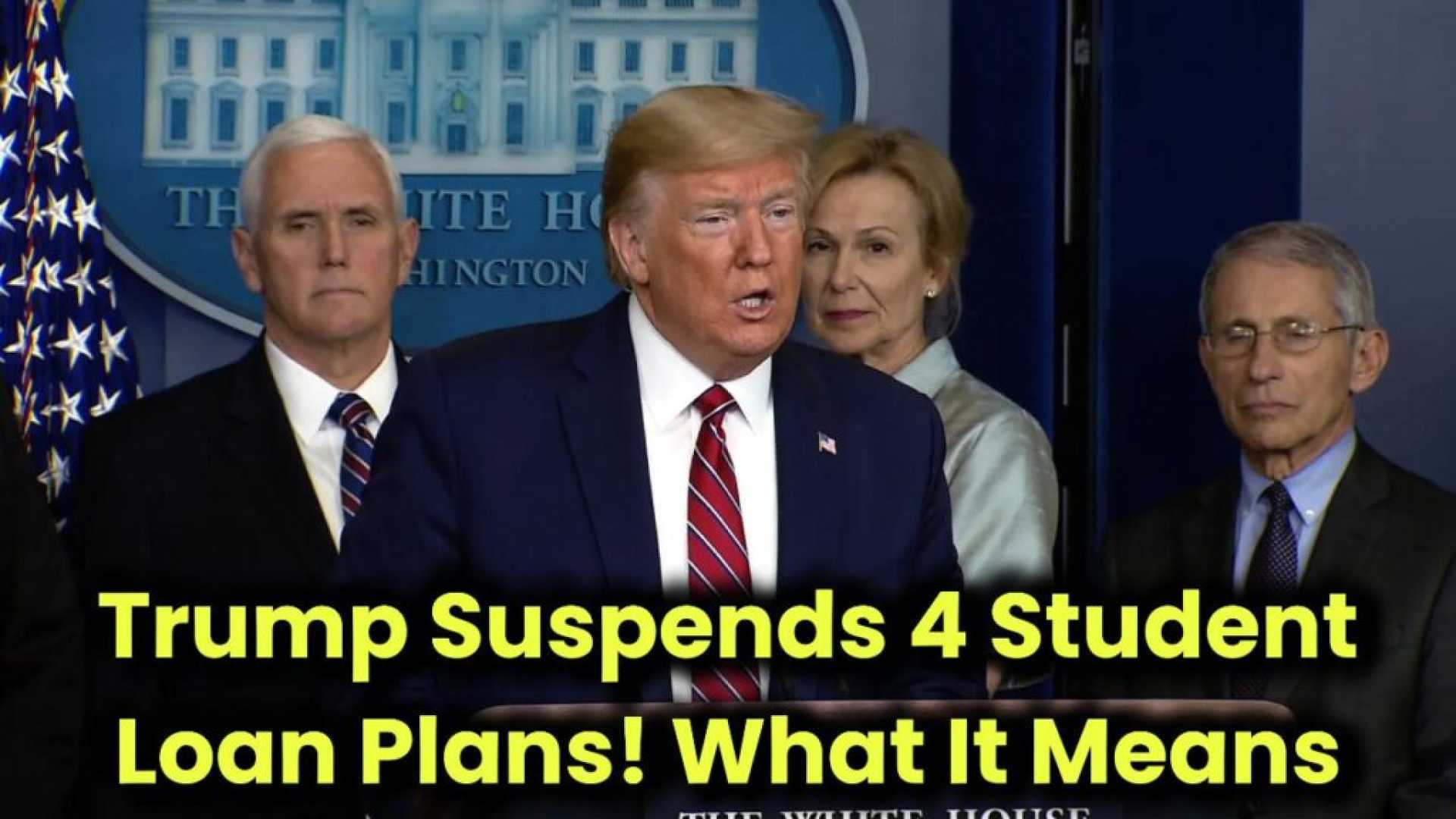Business
Trump Administration Suspends Key Student Loan Repayment Plans Amid Controversy

WASHINGTON—The Trump administration’s Department of Education has suspended all four existing income-driven repayment (IDR) plans, placing millions of borrowers in a precarious financial situation as they seek affordable pathways to manage student debt.
The suspension, which affects the Income-Contingent Repayment, Pay As You Earn, Income-Based Repayment, and the newly introduced Saving on a Valuable Education (SAVE) plan, follows a court ruling that temporarily blocks the SAVE program. This decision comes just weeks after a federal judge extended an injunction, resulting in nearly eight million borrowers being forced into forbearance, pausing required payments while halting progress toward potential loan forgiveness.
“The administration’s abrupt decision to suspend these repayment plans raises significant concerns for borrowers who rely on them,” said Natalia Abrams, founder of the Student Debt Crisis Center. “This is not just bureaucratic; it jeopardizes livelihoods.”
Under IDR plans, borrowers’ monthly payments are calculated based on their income and family size, prolonging the standard ten-year repayment period to 20 or 25 years, with remaining balances eligible for forgiveness after the term. Despite their intended purpose to alleviate student loan burdens, the suspension leaves borrowers with only higher-cost standard repayment options.
The Department of Education did not issue a formal statement regarding the suspension, creating confusion among borrowers and advocates. Instead, a brief notice was placed on the department’s IDR website, indicating that all processing for IDR applications has ceased, without clarification on how long this halt may last. Initial reports suggest that the pause in processing could extend to 90 days or longer.
Currently, data reveals that one in five borrowers is over 90 days late on payments, equating to approximately four million individuals. This rate has doubled since 2019, further exacerbating concerns over the financial health of student loan borrowers during what has already been a tumultuous economic recovery period following the pandemic.
Borrowers seeking enrollment in IDR plans, which are essential for managing monthly payments, face an uncertain path. “This was a purposeful decision by the Trump administration to harm borrowers,” Abrams added. “Shutting down access to income-driven repayment plans creates serious hardship for working families.”
Processing delays could significantly impact borrowers attempting to recertify their income, required for recalculating monthly loan payments. Failure to initiate recertification may lead to higher payments and interest capitalization, hence deepening the financial crisis for many families.
The decision stems from a broader conservative legal strategy to dismantle elements of the federal student loan system, initiated by a group of Republican-led states that contested the legality of the SAVE plan. This has not only stifled existing repayment options but raised questions about the future direction of student loan management, which may shift to other federal entities if the Department of Education is effectively dismantled.
Amidst this backdrop, policymakers and educational experts are navigating a challenging landscape. “The implications of these decisions will reverberate for many years, impacting generational access to education,” noted Kirabo Jackson, professor of education and social policy at Northwestern University.
While existing IDR plan participants may continue making payments during the suspension, the lack of clear guidance from the Department of Education on the path forward leaves many borrowers in a vulnerable state. The department’s prolonged silence on the issue could indicate a much larger unraveling of student debt protections initiated over the last 30 years.
As the administration grapples with backlash and confusion among borrowers, clarity will be crucial in determining both immediate and long-term impacts on student loan repayment strategies across the nation.












